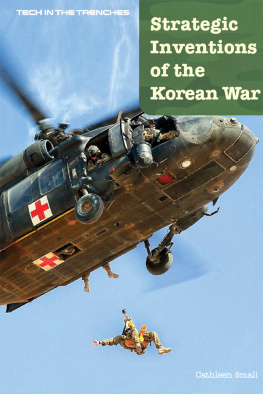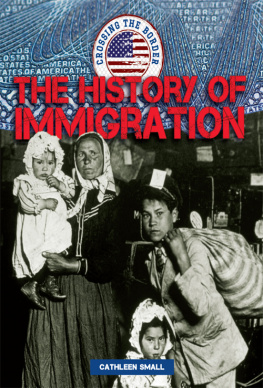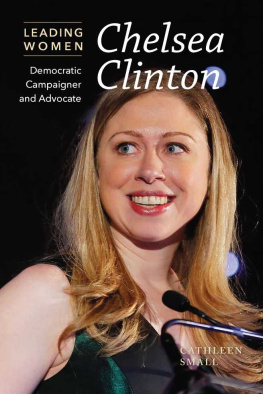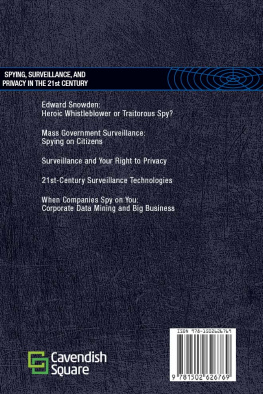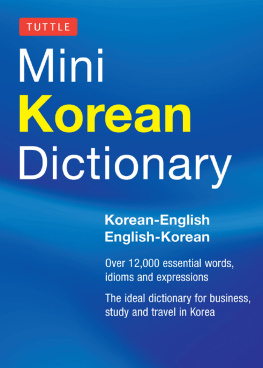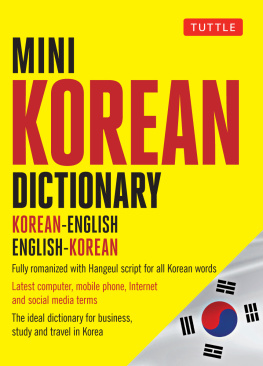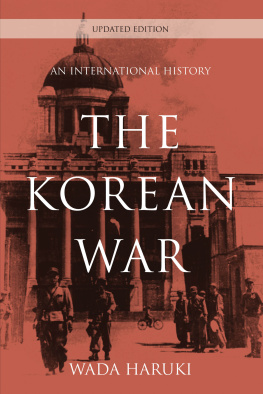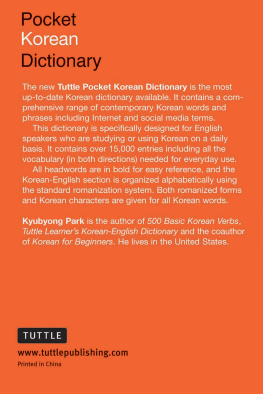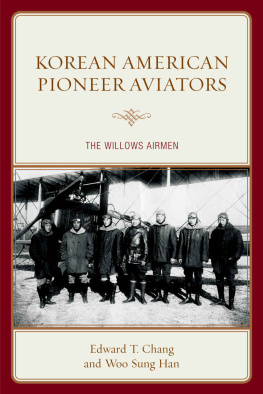Published in 2017 by Cavendish Square Publishing, LLC
243 5th Avenue, Suite 136, New York, NY 10016
Copyright 2017 by Cavendish Square Publishing, LLC
First Edition
No part of this publication may be reproduced, stored in a retrieval system, or transmitted in any form or by any meanselectronic, mechanical, photocopying, recording, or otherwisewithout the prior permission of the copyright owner. Request for permission should be addressed to Permissions, Cavendish Square Publishing, 243 5th Avenue, Suite 136, New York, NY 10016. Tel (877) 980-4450; fax (877) 980-4454.
Website: cavendishsq.com
This publication represents the opinions and views of the author based on his or her personal experience, knowledge, and research. The information in this book serves as a general guide only. The author and publisher have used their best efforts in preparing this book and disclaim liability rising directly or indirectly from the use and application of this book.
CPSIA Compliance Information: Batch #CW17CSQ
All websites were available and accurate when this book was sent to press.
Library of Congress Cataloging-in-Publication Data
Names: Small, Cathleen, author.
Title: Strategic inventions of the Korean War / Cathleen Small.
Description: New York : Cavendish Square Publishing, [2017] |
Series: Tech in the trenches | Includes bibliographical references and index.
Identifiers: LCCN 2016022257 | ISBN 9781502623454 (library bound) | ISBN 9781502623461 (E-book)
Subjects: LCSH: Korean War, 1950-1953--Equipment and supplies--United States. | United States. Army--Equipment--History--20th century--Juvenile literature. | Military weapons--United States--History--20th century--Juvenile literature.
Classification: LCC DS919 .S54 2017 | DDC 951.904/21--dc23
LC record available at https://lccn.loc.gov/2016022257
Editorial Director: David McNamara
Editor: Kristen Susienka
Copy Editor: Nathan Heidelberger
Associate Art Director: Amy Greenan
Designer: Jessica Nevins
Production Assistant: Karol Szymczuk
Photo Researcher: J8 Media
The photographs in this book are used by permission and through the courtesy of: Cover The US Army/ Helicopter Hoist/Flickr.com; pp. 4, 22, 25,48, 55, 58, 79, 92 Bettman/Getty Images; p. 7 Time Life Pictures/US Army/The LIFE Picture Collection/Getty Images; p. 9 Lisa Larsen/The LIFE Picture Collection/Getty Images; p. 10 Keystone/Hulton Archive/Getty Images; p. 13 The LIFE Picture Collection/Getty Images; p. 18 Carl Mydans/ The LIFE Picture Collection/Getty Images; p. 26 Hulton Archive/Archive Photos; p. 29 Hulton Archive/Getty Images; p. 34 Wikimedia Commons/File:Flak jacket 1942.jpg; p. 37 Planet News Archive/SSPL/Getty Images; p. 40 SuperStock/Getty Images; p. 51 marcociannarel/ Shutterstock.com ; p. 57 Stocktrek Images/Getty Images;
p. 62 national Archies and Records Administration/Wikimedia Commons/File:Charles R Drew portrait. jpg; p. 68 Interim Archives/Archive Photos/Getty Images; p. 71 Wikimedia Commons/File:T3485korea. jpg; p. 74 Terry Fincher/Hulton Archive/Getty Images; p. 77 Ira Gay Sealy/Denver Post/Getty Images; p.
84 Echo/Cultura/Getty Images; p. 87 Robert Nickelsberg/Archive Photos/Getty Images; p. 90 Christopher Furlong/Getty Images; p. 96 Paula Bronstein/Getty Images; p. 99 Nesterenko Maxym/ Shutterstock.com .
Printed in the United States of America
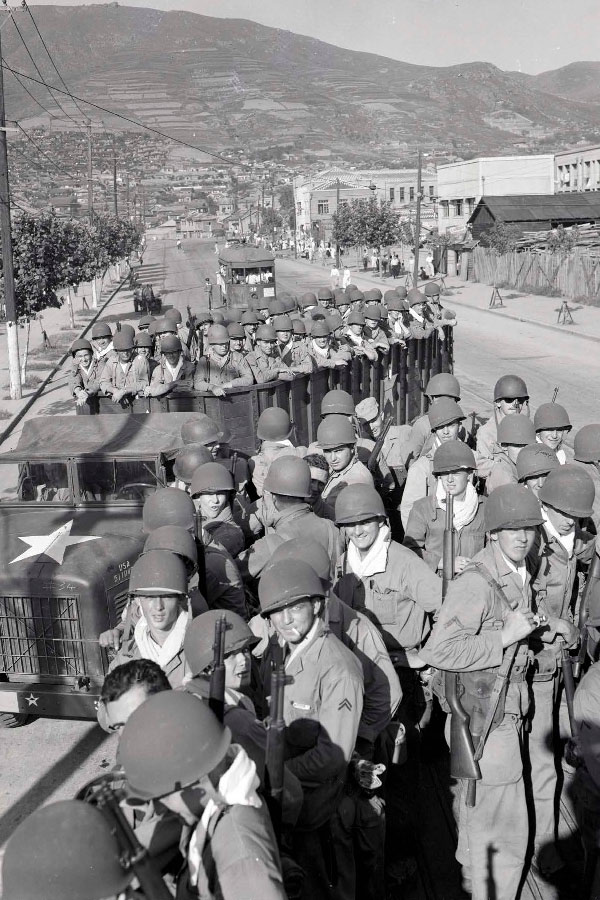
August 1950: US Marine troops arriving in Pusan, Korea.
INTRODUCTION
Changing Times Lead to War
T he Korean War broke out in June 1950. It was a rather strange time in United States history. The country had gotten out of World War II five years before, so Americans were in the process of rebuilding their lives. World War II had been long and devastating, and people were still trying to make sense of the atrocities that had occurred in Europe and the Pacific.
Meanwhile, the Cold War was emerging. The Cold War itself didnt involve hand-to-hand combat, like World War II had, but it was a frightening time. It was a time of political maneuvering and never-ending threats of nuclear war. Who had nuclear weapons, and where? Who would be the first to deploy them? Could the United States stop its enemies from deploying them?
It was also a time of blossoming knowledge about Communism. The Soviet Union had been the United States ally in fighting against Hitler, but they were a Communist nation, and that scared a lot of peoplecivilians and politicians alike. The United States capitalist society was in stark contrast to the Communist society of the Soviet Union, and the United States feared that eventually Communist nations such as the Soviet Union would swallow up non-Communist nations and grow their power.
Early 1950right before the Korean War broke outwas also a time of trust in the government. Although many Americans had died, the bottom line was that the United States had led its soldiers through World War II and had won. Hitler was no longer in power, Nazis were no longer a massive threat, and the conflict posed by Japan had been dealt with as well. Most Americans trusted the government to make appropriate decisions about involvement in war and how to run the military.
That would change not long after the Korean War, of course. The Vietnam War came just after the end of the Korean War, and it was an incredibly unpopular conflict. Americans lost their faith in the government and felt as though the country was fighting a war in which they didnt belong.
So the Korean War was sandwiched right between that generation of Americans who believed in their government and believed in fighting for the cause, and the generation of Americans who felt they had no place in a war that didnt directly affect American soil. Thus, the Korean War was somewhat forgotten. Many people supported it, but then some people didnt. In general, people didnt feel particularly strongly about it one way or the other. It wasnt a part of their daily consciousness because it wasnt widely televised, and because the American public hadnt yet grown fully distrustful of the government, the Korean War didnt turn into the impassioned issue that the Vietnam War did. Moreover, because there was no one evil face of the Korean War, like Hitler had been during World War II, there wasnt necessarily the visceral reaction to the atrocities of the war that had occurred with World War II.
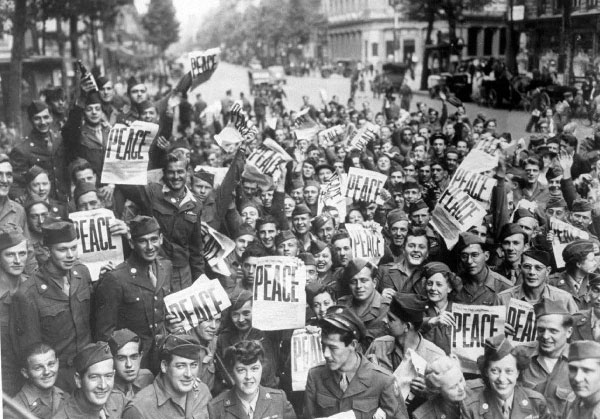
People celebrate the end of World War II in Paris in 1945.
Whether it was visible or not, the Korean War occurred, and it took many lives, as wars do. It took military lives and it took civilian lives. When it ended after just three years, a lot of people had died. The lack of visibility didnt mean there was a lack of death.
But the death toll was actually lessened during the Korean War, in part due to the technological innovations that took place surrounding the war. Major advances were made in treating injuries and in wartime medical care, and they saved thousands of lives. Protective gear took a step forward in usefulness and in protection level, which also saved the lives of countless soldiers. Moreover, as typically happens during a war, weaponry took a step forward as well.
In the end, the Korean War was a time of loss but also a time of gain. The inventions made during the conflict went on to benefit future generations in future times of combat; some of them even changed the face of war as we know it.

